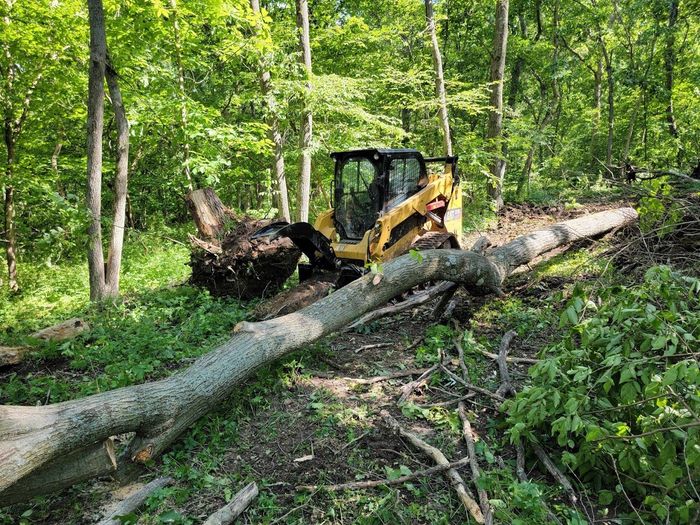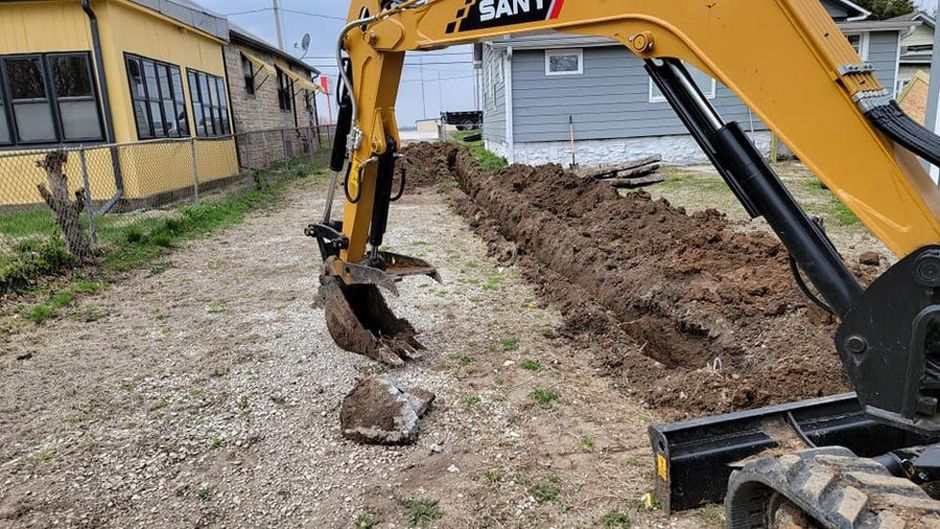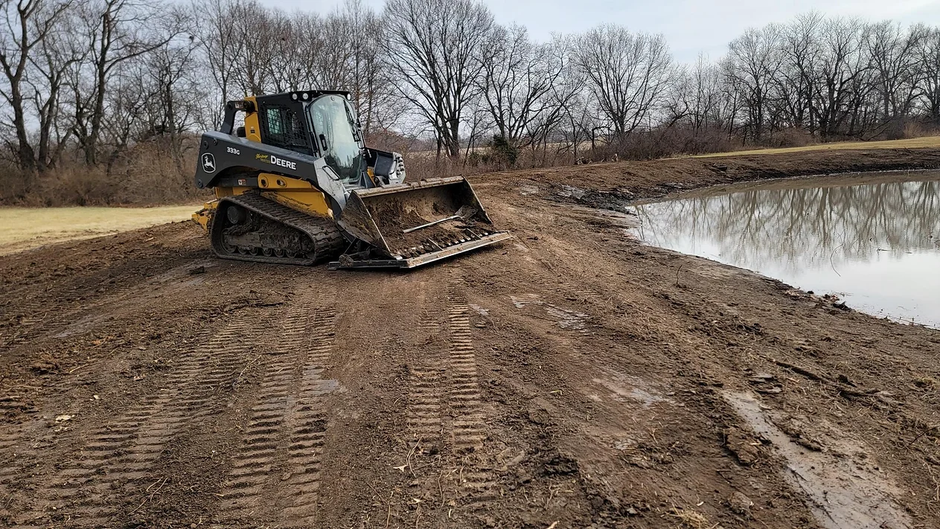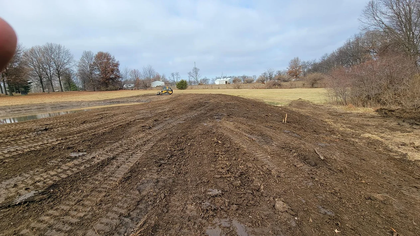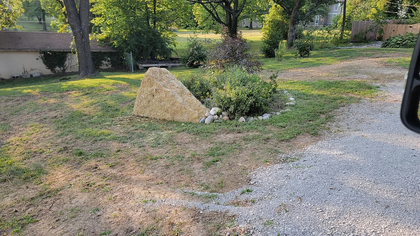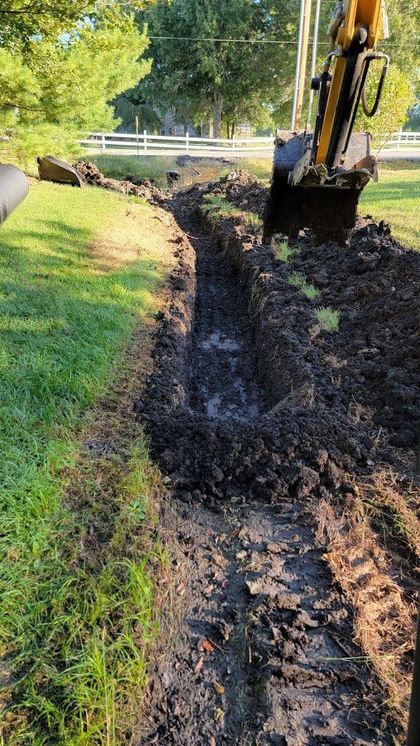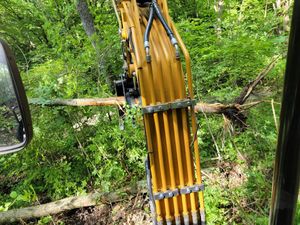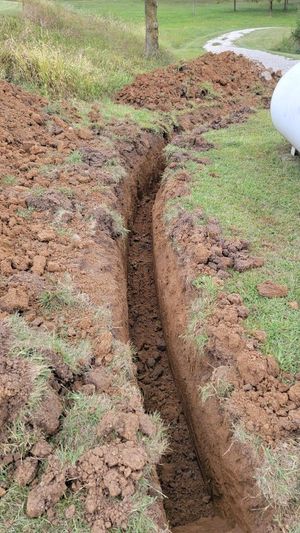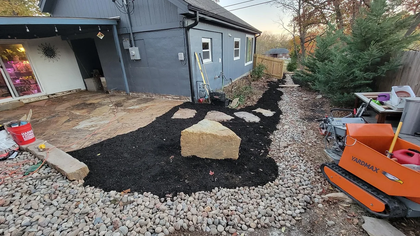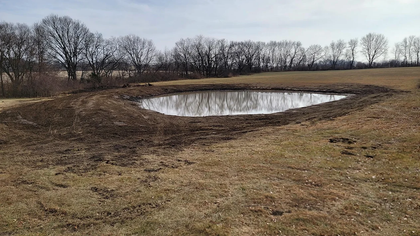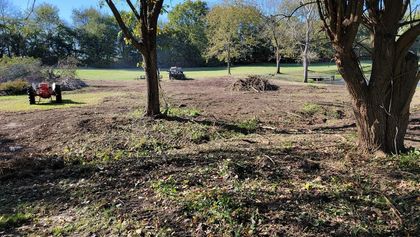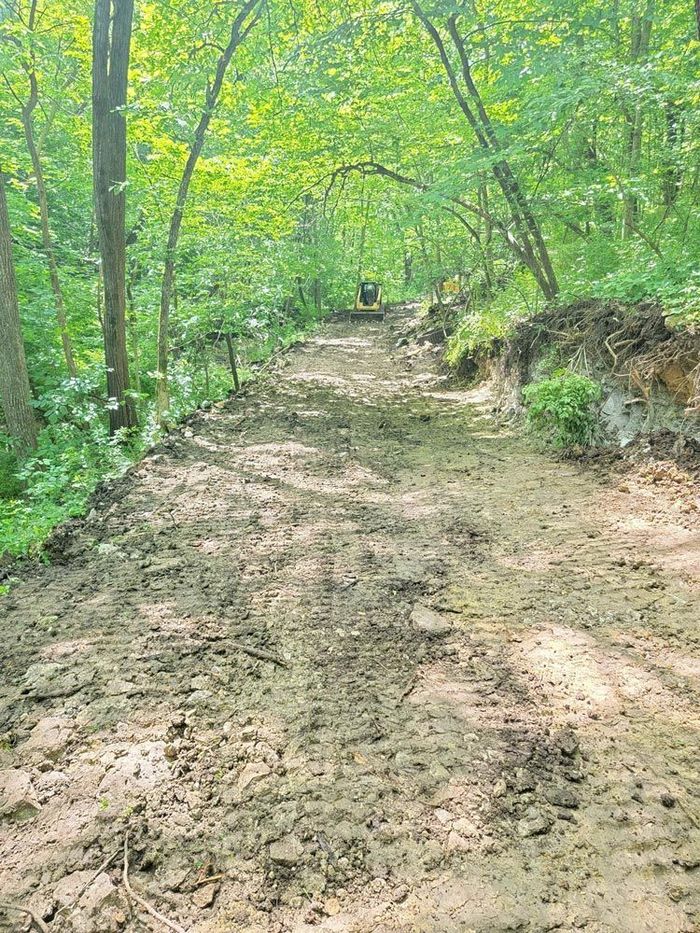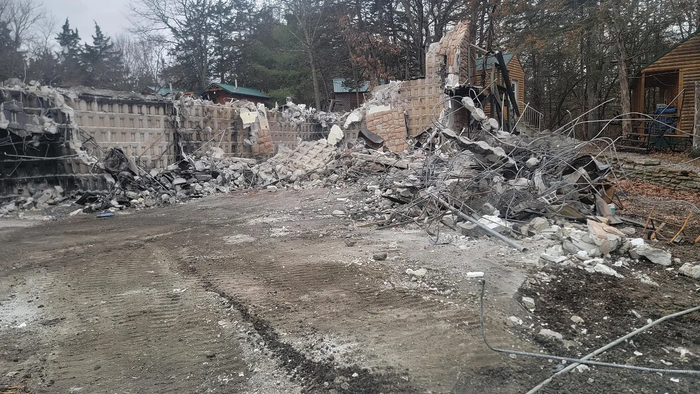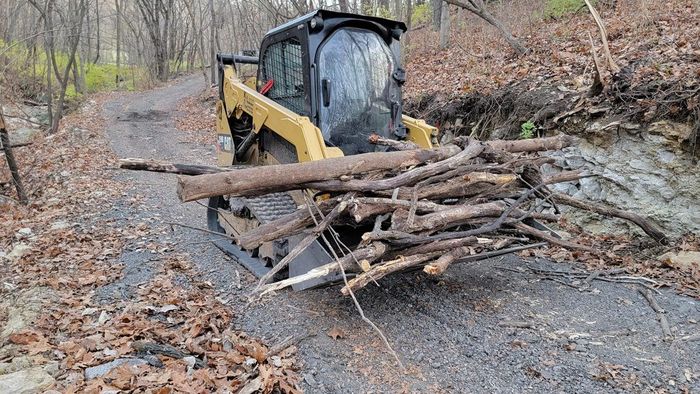Top Rated Excavation Contractors in Kansas City, MO
Serving Missouri & Kansas with Precision, Power & Professionalism
Welcome to S&S Excavation, your go-to partner for all things excavation, land clearing, grading, trenching, and more in the Kansas City metro area. Whether you're preparing a construction site, removing trees, or installing drainage systems—we get the job done right, on time, and up to code.
We proudly serve both residential and commercial clients across Missouri and Kansas, always following state permits, regulations, and environmental compliance guidelines. When you hire S&S, you’re hiring reliability, experience, and local know-how.
Call us or request a quote — Let’s break ground together.
Free Instant Quote
Why Property Owners & Builders Choose Us
We’re not just machine operators—we’re problem-solvers, planners, and professionals who care about getting the job done right.
- Licensed & Insured Crew
- Experienced in Complex Terrain & Large Projects
- On-Time Project Completion
- Clean, Organized, Safe Worksites
- Locally Owned – We Know the Land
- 100% Satisfaction Guarantee
"These guys don’t just show up—they show up with a plan, the right gear, and the right attitude. Clean work, fair price, no stress."
— Derrick F., Home Builder in Rogersville, MO
Our Excavation & Land Services in the Kansas City and Around
We offer a full range of excavation and land services. Whether it’s your home, business, farm, or investment property—we’ve got the gear and expertise to tackle it.
Excavation & Dirt Grading
From digging out foundations and trenches to leveling your land for a new structure or gravel driveway, we handle every kind of excavation.
- Foundation excavation
- Lot leveling and sloping
- Dirt import/export
- Site prep and pad construction
Essential for new builds, roads, retaining walls, and proper drainage.
Brush Clearing & Land Mulching
Clear out thick vegetation and reclaim overgrown lots using high-powered mulchers, chippers, and bulldozers.
- Clears brush, small trees, and invasive growth
- Mulch can be left on-site for soil health or removed
- Improves property access and fire safety
French Drains & Erosion Control
Water pooling around your building or yard? Our drainage solutions protect your property and extend the life of your landscaping or foundation.
- French drain trenching and pipe installation
- Gravel backfilling
- Erosion prevention with grading, hydroseeding, and silt fencing
- Retention/detention pond excavation
Concrete Drives, Patios & Walkways
We deliver clean, strong, professional concrete finishes from the ground up. Excavation, framing, pouring, and finishing—all handled by one expert crew.
- New driveways and patio slabs
- Sidewalks and walk paths
- Repair and replacement
Tree & Stump Removal
Got a tree in the way of your plans—or a stump that’s been there for years? We safely remove it, grind down the roots, and clean up the site.
- Full tree removal
- Stump grinding
- Hauling and debris removal
Small Demolition
Need to tear down an old shed, garage, or small structure? Our team performs safe and efficient demo work followed by full cleanup.
- Garage/shed teardown
- Concrete/brick pad removal
- Disposal of all materials
Trenches, Ditches, and Utilities
We dig clean, code-compliant trenches for plumbing, electrical lines, irrigation systems, and more.
- Utility trenches
- Drainage ditches
- Culvert installation
Gravel Driveway Installation
A well-installed gravel driveway improves access, adds value, and requires minimal maintenance.
- Proper excavation and base prep
- Compaction for long-term stability
- Multiple stone types available
Pond Construction
Want to add a scenic pond to your land or need one for livestock? We design and dig to your specs.
- Residential, commercial, and farm ponds
- Proper sloping for longevity
- Liner and overflow options
Site Cleanup & Final Grading
After the heavy work is done, we ensure your property is clean and ready for its next phase.
- Construction debris removal
- Raking, grading, and smoothing
- Final site inspection
Our Featured Projects
We take pride in every job. Here’s a look at some recent work:
- Graded 1-acre sloped lot for a new home in Springfield
- Cleared 3 acres of dense brush and invasive species in Ozark
- Installed 200 ft. of French drain for stormwater control in Nixa
- Built a half-acre pond for agricultural use in Republic
- Laid 400 ft. of gravel driveway with proper compaction in Marshfield
Areas We Serve for Land Preparation Services
We proudly serve the following areas and beyond:
What Clients Are Saying
Frequently Asked Questions
How much does excavation cost per project?
It varies based on project size, terrain, and materials. We offer free, detailed estimates. Call us for a quote or schedule a site walkthrough.
Do I need a permit for excavation?
In most cities, yes—especially for larger work or utility installs. We help guide or manage permitting depending on your location.
Do you work on residential and commercial properties?
Yes! We serve homeowners, builders, developers, and landowners with custom excavation and grading solutions.
Can you work on steep or wooded terrain?
Absolutely. We specialize in working with tough terrain using the right equipment—whether it’s rocky, sloped, or covered in vegetation.
Are you insured?
Yes. We're fully licensed and insured for excavation, demolition, and heavy equipment operation.
Let’s Break Ground on Your Project
From full land prep to simple grading or tree removal—we’re the team to trust. We show up on time, treat your property with respect, and deliver results that last.
Call us today at (816) 785-1130.
Fast Turnaround | Trusted Local Crew | Clean, Safe Work Every Time
Like How We Do? Give Us A Review!
Just click or scan the QR to and leave us a review!

